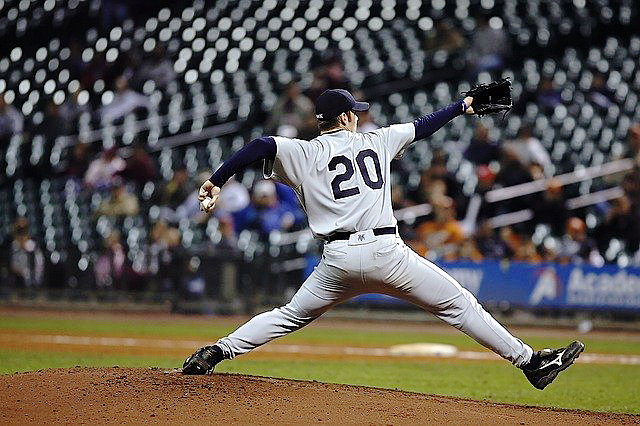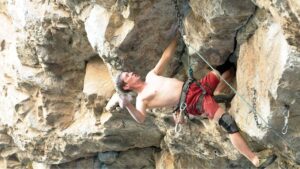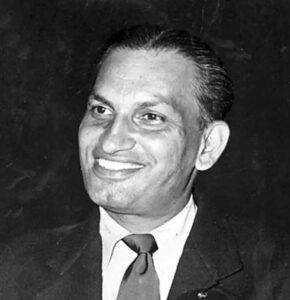GIRD is an adaptive process in throwers that takes place due to constant repetitive anterior elongation of the shoulder capsule in the late cocking phase of the throwing
Throwing motion overuse injuries frequently include the shoulder, elbow, and less frequently the wrist. Sports medicine professionals, physical therapists, and doctors must have a thorough understanding of the biomechanics of throwing to treat throwing athletes.
The six phases of throwing include windup, stride, arm cocking, acceleration, deceleration, and follow-through. Any area where there is a weakness could cause the thrower’s shoulder and elbow to be under more strain. Understanding the dynamic phases of throwing is crucial for comprehending how overhead athletes’ overuse issues develop. Each stage applies force to a different part of the body, possibly harming it.
We attempt to explain and comprehend Glenohumeral Internal Rotation Deficit (GIRD) in this piece – The evaluation, treatments, and exercises for a healthy arm and shoulder when you are a thrower.
This content is locked
Login To Unlock The Content!




